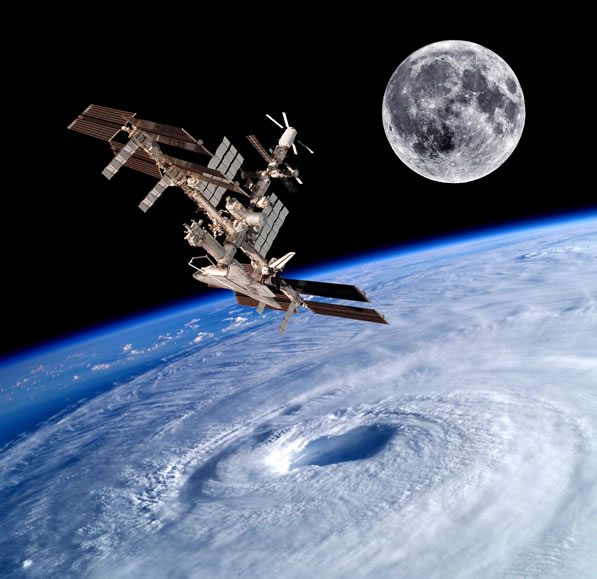
~ Roger Launius
By Catherine Austin Fitts
The governments of Planet Earth now spend approximately $2 trillion annually on weapons and military budgets. Our financial system is deeply dependent on war and violence. Growing armies of mercenaries, defense contractors and weapons manufacturers engage in marketing programs that create wars or the threat of war. In turn, they team up with media and telecommunication companies that feed this game. Finally, financial interests rig markets and profit from the resulting debt.
As a practical matter, the question before us is: can we evolve the current central banking-warfare model to a new model which 1) creates greater overall wealth and 2) advances human civilization? This question arises as the long-term bull market in bonds comes to an end. The capacity to increase government debt to fund more war is diminishing and the willingness of the general population to provide financial support to existing debt levels is being tested. Perhaps shifting investment into space offers an alternative that will permit the various constituencies to align.
The re-balancing of the global economy was inspired, in part, by the United States’ dominance in space when the Soviet Union collapsed. This was particularly true for the GIS and other satellite systems that supported the relevant cartels: military, intelligence, media, telecommunications and financial and payment systems. Not surprisingly, the response has been to inspire significant interest and global investment in space programs, including in China and India. Today, there are more people working in China’s space programs than in the US space program.
As government funding for space in the G-7 countries reaches a plateau, government investment in Asia is growing. In Asia’s Space Race: National Motivations, Regional Rivalries and International Risks, James Clay Moltz describes the history and direction of the space programs in Japan, China, India and South Korean. He also provides an overview for emerging programs in Australia, Indonesia, Malaysia, North Korea, Pakistan, the Philippines, Singapore, Taiwan, Thailand and Vietnam.
Dr. Moltz is a Professor, Associate Chair for Research, and Director of the Project on Advanced Systems and Concepts for Countering Weapons of Mass Destruction in the Department of National Security Affairs at the Naval Postgraduate School.
Our earthly systems and infrastructure are increasingly dependent on the hardware floating above our atmosphere. But the orbital platforms around Earth are experiencing a growing traffic jam with no plan for how we will govern and manage outer space. We have also failed to address or agree upon a framework for offensive or defensive space weaponry. Perhaps this is because some parties do not wish to disclose which space weapons currently exist.
How these and other issues related to increased global investment in space will be resolved is uncertain. Dr. Moltz does an excellent job of outlining the unclassified information on existing Asian programs and issues and the regional and global questions it raises.
Whatever the reason for proceeding with the re-balancing of the global economy, one of the results has been significant growth in global space programs and investment in space.
Asia’s Space Race is an excellent companion to Dr. Moltz’s most recent book: Crowded Orbits: Conflict and Cooperation in Space.
Related Links:
